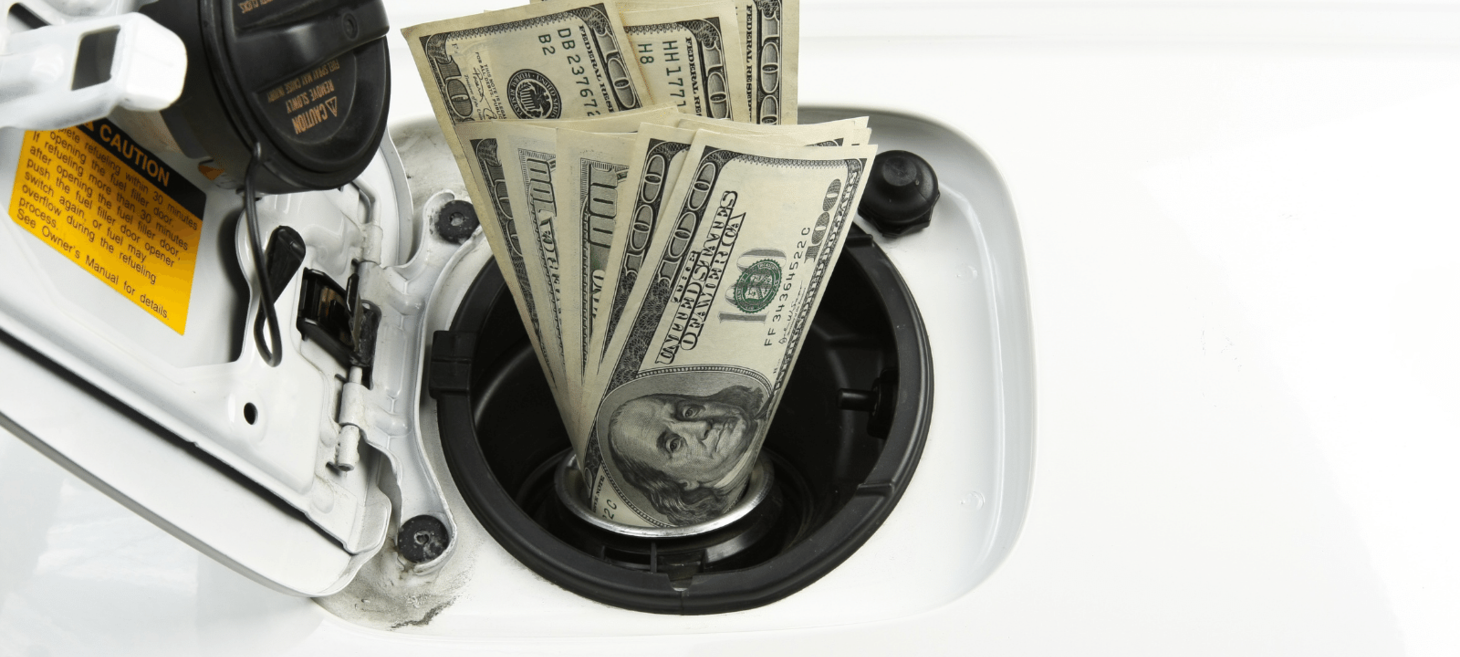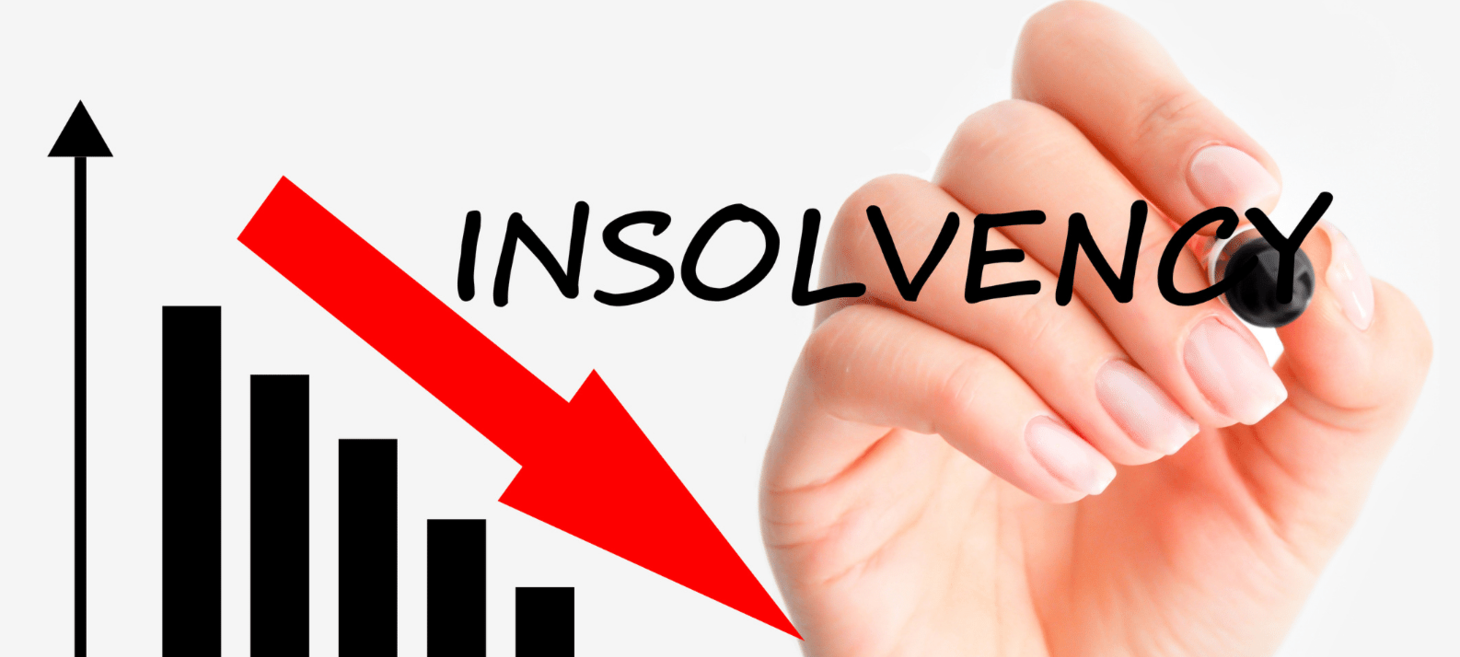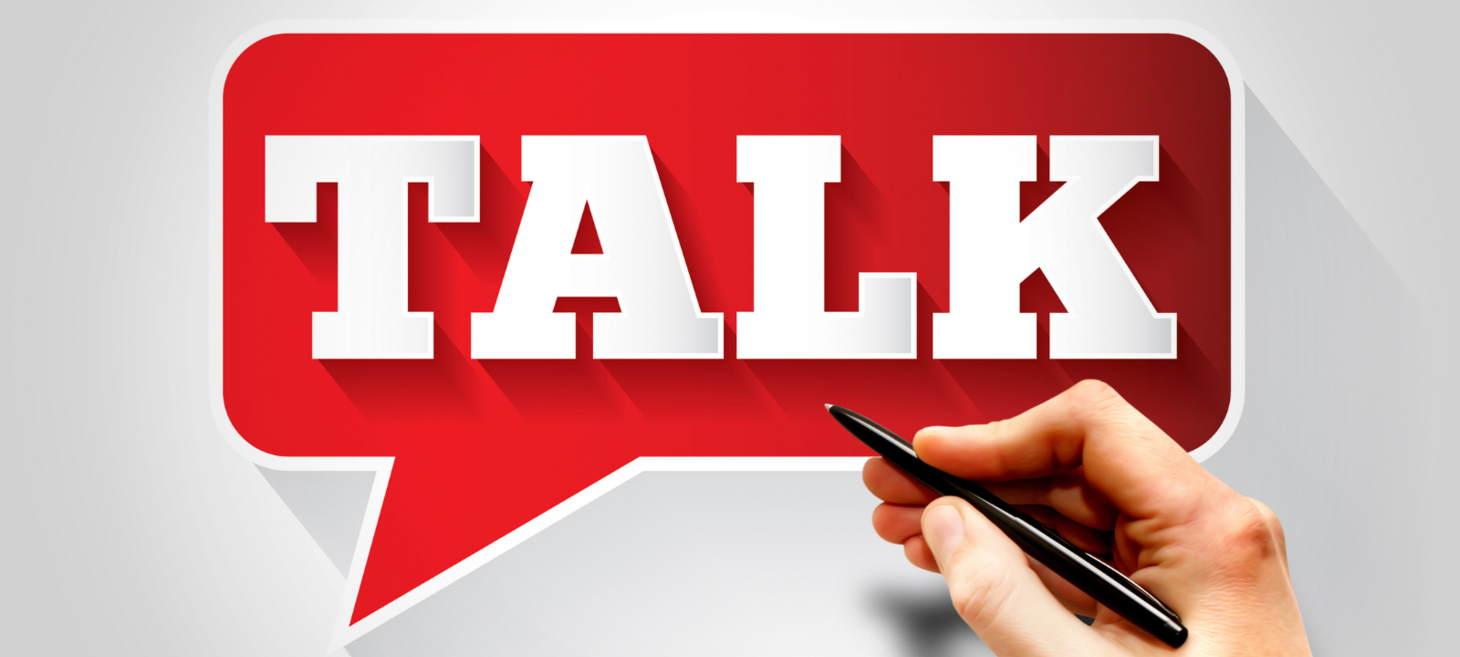News you can use

Economic Impact Payments Statistics
The IRS came out with the statistics that shows how much money was spent on first, second and third round of Economic Impact Payments (EIP). For a detailed statistic click on the link below. If you did not receive stimulus payment for which you qualify, you were allowed claim it as a credit on your 2020 (1st & 2nd EIP) and 2021 (3rd EIP).

June 15th Deadline
Today is the deadline to make the second quarter estimated payments for 2022 for individuals and corporations. Individuals who are self-employed or having passive income should be making estimated payments throughout the year. Deadlines for quarterly estimated tax payments are as follow: April 15, June 16, September 15 & January 15. Underpayment of estimated tax occurs when taxpayer does not pay enough tax during those quarterly estimated tax payments. Failure to pay proper estimated tax throughout the year might result in a penalty for underpayment of estimated tax. The IRS does this to promote on-time and accurate estimated tax payments from taxpayers. The estimated tax safe harbor applies if you pay 90% or more of your tax from the current year’s return or 100% of your tax from prior year (whichever is more) or you owe less than $1,000 in tax after tax withholdings and credits.

Mileage Rate Increase
Due to increased fuel cost, the IRS has decided to make slight adjustments to increase allowable mileage rate tax deductions for second half of 2022. Effective July 1 through December 31, 2022, the standard mileage rate business use will be 62.5 cents per mile which is up 4 cents from the 58.5 cents per mile rate that was effective for the first six months of the year. The medical mileage rate also increased 4 cents (from 18 to 22 cents per mile), while 14 cents per mile rate for charitable organizations remains unchanged.

The future of Social Security & Medicare
The projected “insolvency” dates for the programs are slowly approaching. The cornerstone of America’s retirement system for tens of millions. According to their latest financial report Medicare’s trust is expected to be run out of money in 2028. After this point the trust fund will be able to pay only about 90% of its bills. Social Security’s date of insolvency is expected to be 2035, at which point it is expected to be able to pay 80% of its bills. For more details click on the link below.
Do you think politicians are going to let this happen or find a way to raise taxes?

Common Errors Small Business Owners Make
Whenever starting a business and creating a budget, it is very important to be as realistic as possible. Some of the most common errors that I see business owners make are: Underestimating costs, forgetting tax obligations and the biggest one is assuming revenue and/or net income equals positive cash flow.
Assumption that revenue and/or net income equals positive cash flow
The revenue on the books does not always equal the cash on hand. There are expenses and repayments of liabilities which all reduce cash available in the bank account. Here is an example: Dixie (my fluffy little dictator) took a loan from Dragana in the amount of $50,000 to start D-Dogs treaters business. During the first year of operation D-Dogs had a revenue of $100,000 and expenses of $40,000. Net income (self-employment income on which Dixie will pay not just regular tax but also self-employment tax of 15.3%) was $60,000. After a year of operation there is only $5,000 in bank account. This is when Dixie starts wondering and saying that $60,000 is not correct and cannot be net income on which she would pay all that tax. Dixie believes that if she made $60,000, she should have $60,000 in her bank account. Unfortunately, things do not work that way. Out of $60,000 net, $20,000 had to be paid towards the loan and $35,000 was taken out of business as distributions so that Dixie would be able to buy pool for her and her two siblings. Then Dixie believed that she will be paying tax only on $35,000 since that is what she took out of business but that is not the case. Dixie will have to pay tax on all $60,000. The loan got paid with money that came from somewhere. Now any accumulated earnings that do not get distributed will be tax free. In this example, if in year two there is zero activity from D-Dogs business then Dixie will be able to take $5,000 out of business account tax free since she already paid tax on that money in prior year. I hope y’all enjoyed my example. Dixie sure is enjoying her pool 😉.

Let's Talk!
If you know of someone who needs tax and accounting help, please feel free to share with them my contact information. If they are still not sure about making a move please ask them to check out my newsletter.
For free consultation click on the link to schedule a one-on-one meeting with me over zoom or face to face. Schedule by clicking on a link below
E-mail: dragana@dcmtax.com
Phone:318-751-5455